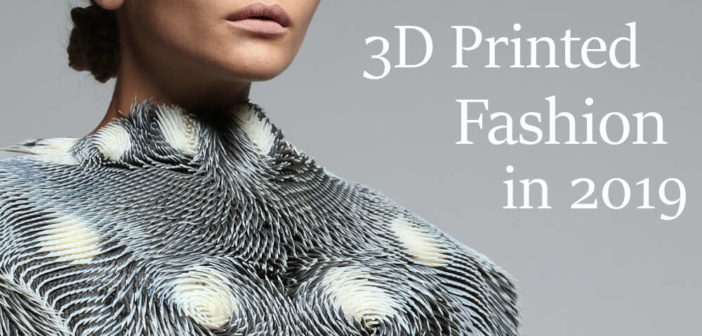3D printing finds its way into new industries every day and fashion is no exception. For over a decade, the fashion industry has used and developed 3D printing technology to solve their greatest problems. The recent 2019 Met Gala showcased some spectacular 3D printed creations by designer Zac Posen, though he’s far from the first to experiment with 3D printing. This article explores the technical revolution behind 3D printed fashion technology, as well as its possibilities and limitations.
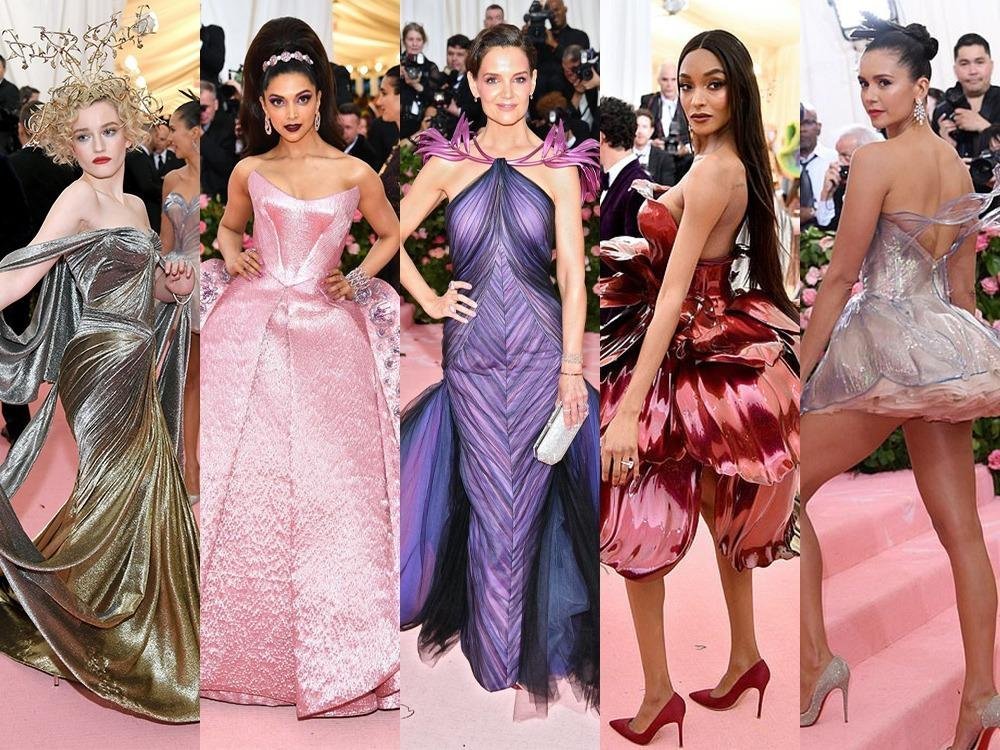
What Can 3D Printing Do for the Fashion Industry?
When we think of 3D printed fashion, the first thing that comes to mind is actual clothing. Who doesn’t want to turn on a machine and print out a perfectly fitted shirt or dress? Clothing isn’t where 3D printing’s potential ends, however. 3D printing can also help create shoes and accessories, including jewelry, glasses, purses and belts.
The first benefit of using 3D printing in fashion is that it allows designers to create intricate detail in their work that otherwise wouldn’t be possible or cost effective. Another benefit is that by combining 3D scanning with 3D printing, garments can be made to within millimeters of someone’s measurements.
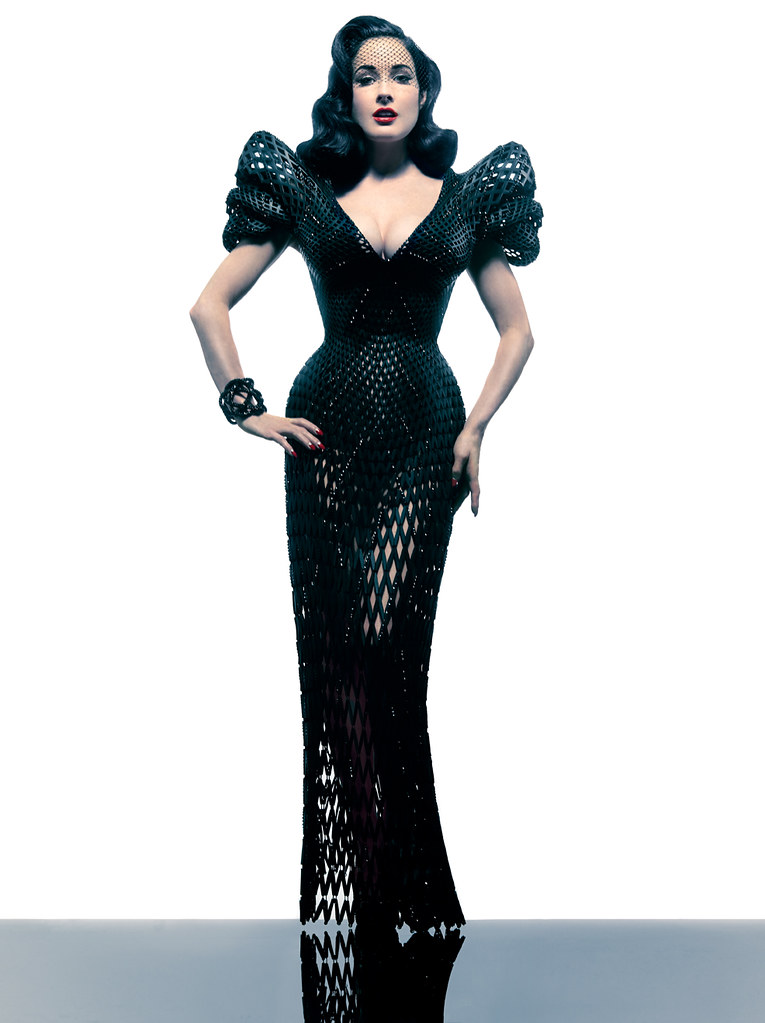
3D printing also allows designers to experiment with different materials. Resins and filaments come in a variety of colors and finishes, from wood to metal to shiny hard plastic, that simply aren’t available from traditional textiles.
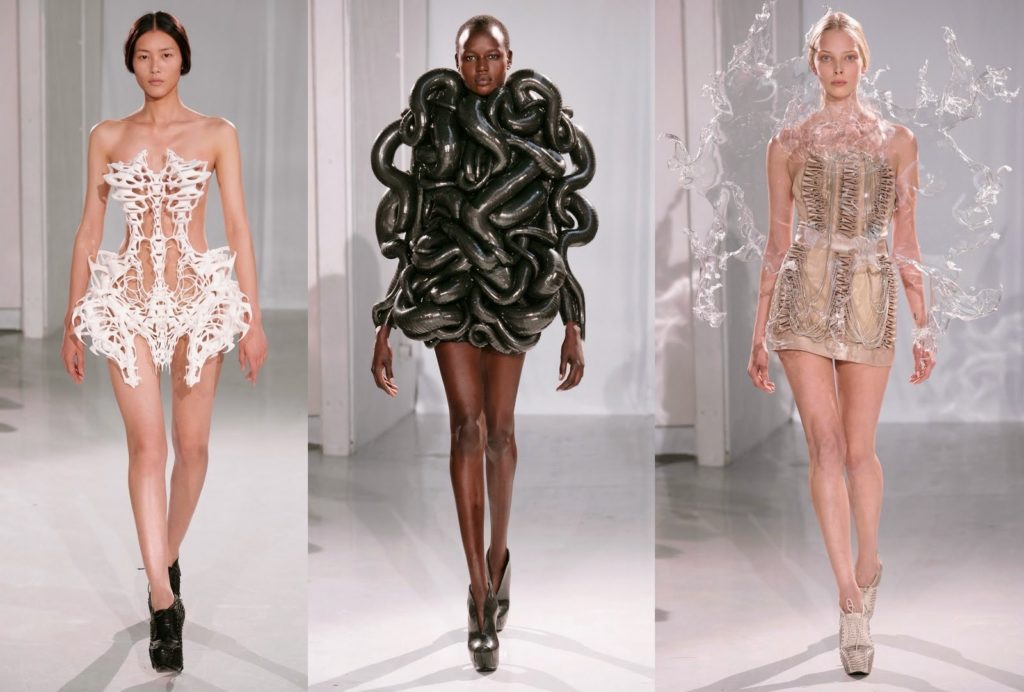
There’s more at stake than creativity and convenience when it comes to 3D printed fashion. Currently, the fashion industry isn’t environmentally sustainable and contributes to labor violations around the world. 3D printing has the potential to rival and even replace the traditional textile and clothing industries which are so wasteful. That’s because 3D printed clothes produce no waste like traditional garments. Products are also printed on site, saving fuel and packaging compared to traditional textiles. Additionally, many 3D printed garments are made from recyclable additives, unlike environmentally-bankrupt textiles like cotton or polyester.
There are so many potential benefits to using 3D printing in the fashion industry that, although the technology is in its infancy, there companies and individuals around the world are dedicated to bringing 3D printed fashion into the mainstream.
The Latest in 3D Printed Fashion
Not long ago, 3D printed fashion was limited to impractical, hard plastic or resin. Ultimately, these intricate pieces were stunning to see on the runway, but rendered the models unable to sit or even walk properly. The technology has come a long way, however. These days 3D printed fashion is starting to look a lot more like regular fashion.
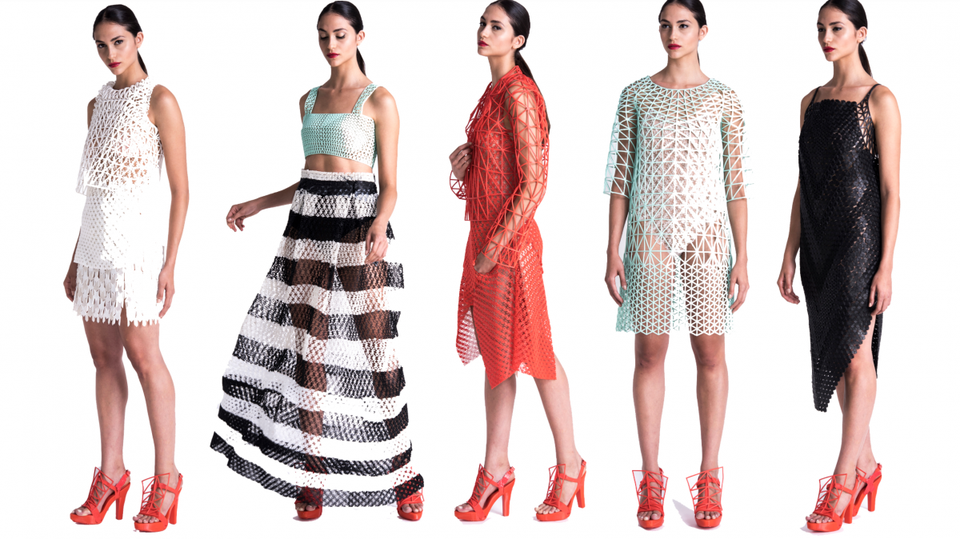
Designer Danit Peleg pioneers the field of “everyday” 3D printed garments. While still a bit too expensive for the average buyer, her 3D printed collection of women’s wear is comfortable, practical, and durable. You can check out her stunning pieces and even design your own custom article of 3D printed clothing on her website.
Sylvia Heisel is another enterprising and innovative designer who works with 3D printing wearable, practical, and beautiful garments which showcase the potential of 3D printed fashion. In fact, women seem to dominate the 3D printed fashion game at the moment. Other big names including Ganet Goldstein, Julia Daviy, Iris van Herpen, and Melinda Looi just to name a few. The environments, economic, and humanitarian benefits of 3D printed fashion interest most designers as much as the creative potential.


Of course, in addition to clothing, the footwear, jewelry, and accessory markets are all embracing 3D printing. Adidas is one such international brand taking an interest in 3D printing, notably with their successful Futurecraft 4D series. The company believes that 3D printing allows them to create more comfortable and performance-enhancing shoes for athletes. Fueled by success, they have an aggressive plan to incorporate 3D printing beyond the current line.
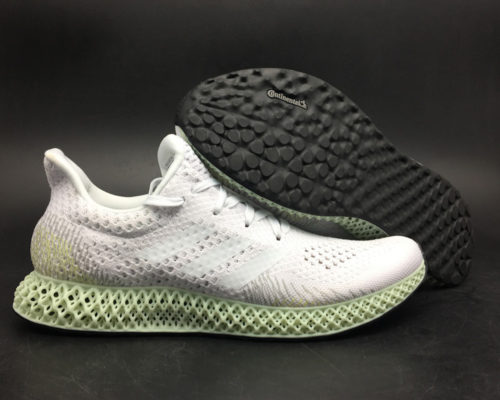
The Limitations of 3D Printed Fashion
As far as 3D printed fashion has come, it’s still not close to being available in malls across the world. For now, the process is costly and designers can only produce limited quantities for premium prices. As you’ve probably noticed, 3D printed fashion still doesn’t look like “real” clothing either. You can’t print jeans or sweatpants or a leather jacket from scratch… yet.
The issue here lies with the limitations of additive manufacturing – the additives. 3D printing works well with metal, wood, plastic, or resin, but you can’t print cotton. Weaves in particular, and traditional textile’s 4-dimensional stretch properties are still a long goal for 3D printing technology. In the meantime, designers work with chain-link patterns with different shapes interlocking to produce a movable garment.
Even then, however, there’s the issue of comfort. Not many people like wearing plastic. There is currently no additive that creates a soft or plush finish, which is why 3D printing is more popular in the footwear and accessory markets. Resins and plastics are ideal for insoles, molds, prototypes, and gorgeous custom-fitted accessories.

Given the set of limitations, 3D printed fashion is making exciting advancements every day. Ten years ago, 3D printed garments were little more than beautiful but impractical costumes. Today, dozens of designers incorporate 3D printing into their designs and wearable 3D printed garments are available for the consumer market.
The Future of 3D Printing
A future where 3D printed fashion replaces traditional textiles seems like an inevitability. While the technology is still in its earliest stages, we see innovative advancements each year with more wearable, practical 3D printed garments. Today, 3D printed clothing is a luxury, but in 20 years 3D printed wearables are likely to be in every closet. With its potential positive impact on the environment and labor conditions around the world, we can’t wait for the 3D printed fashion revolution.

